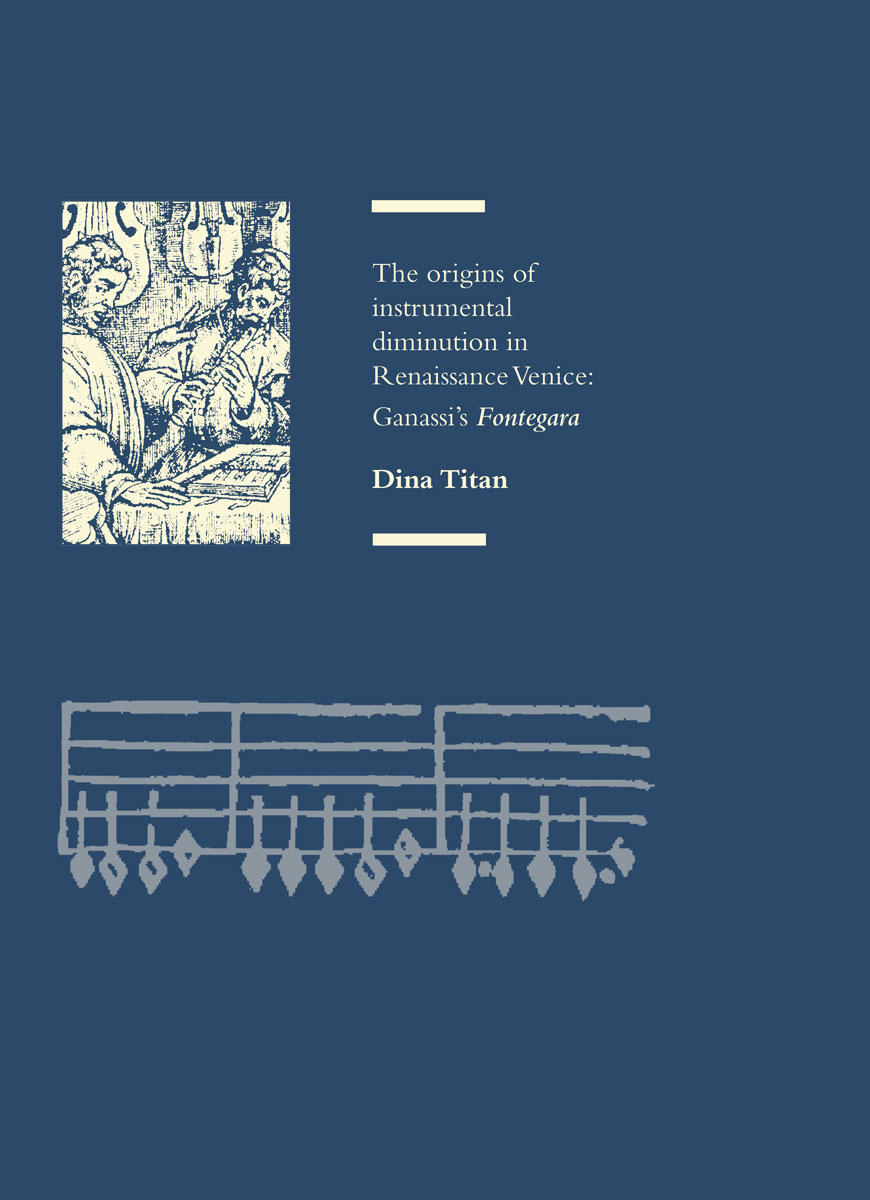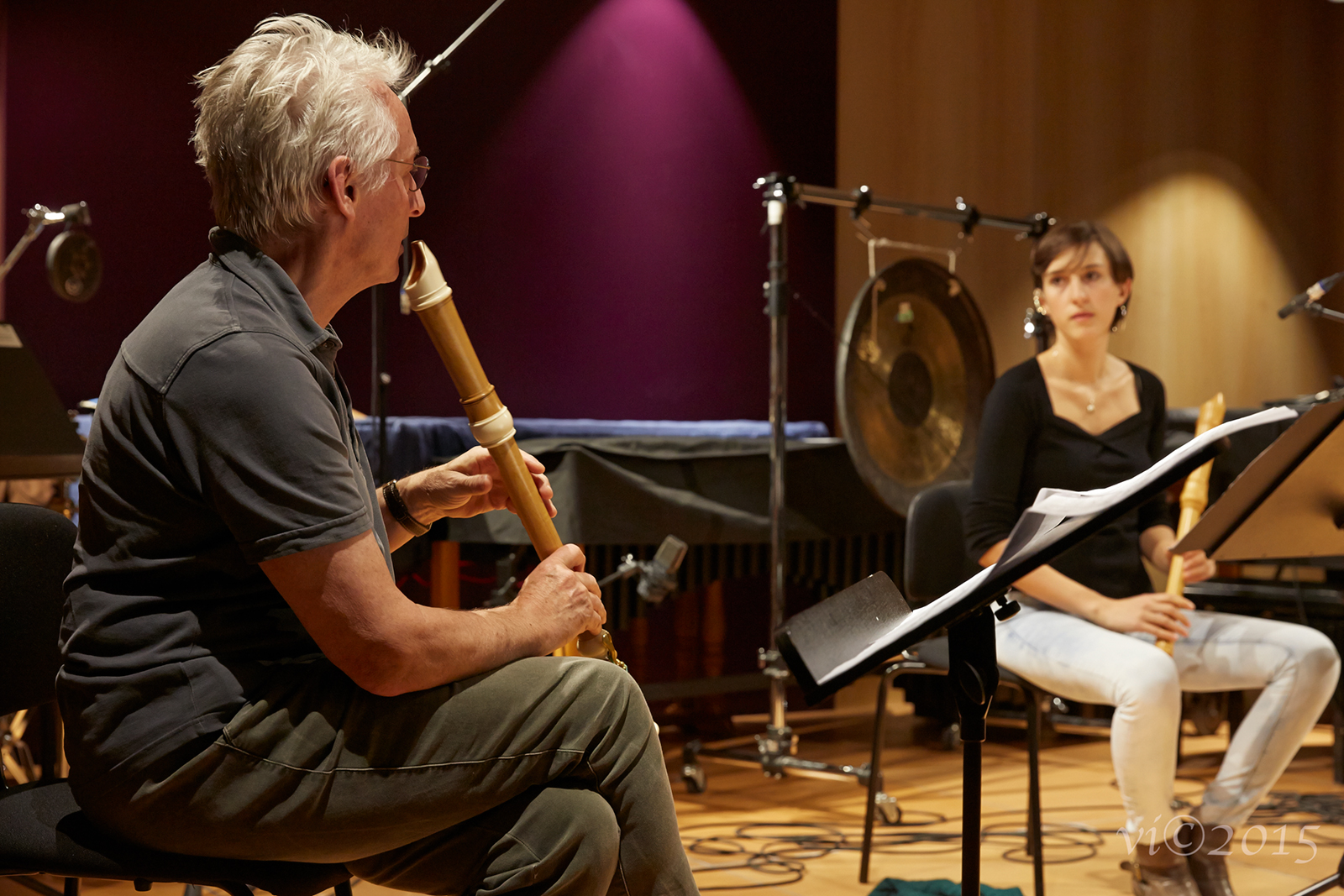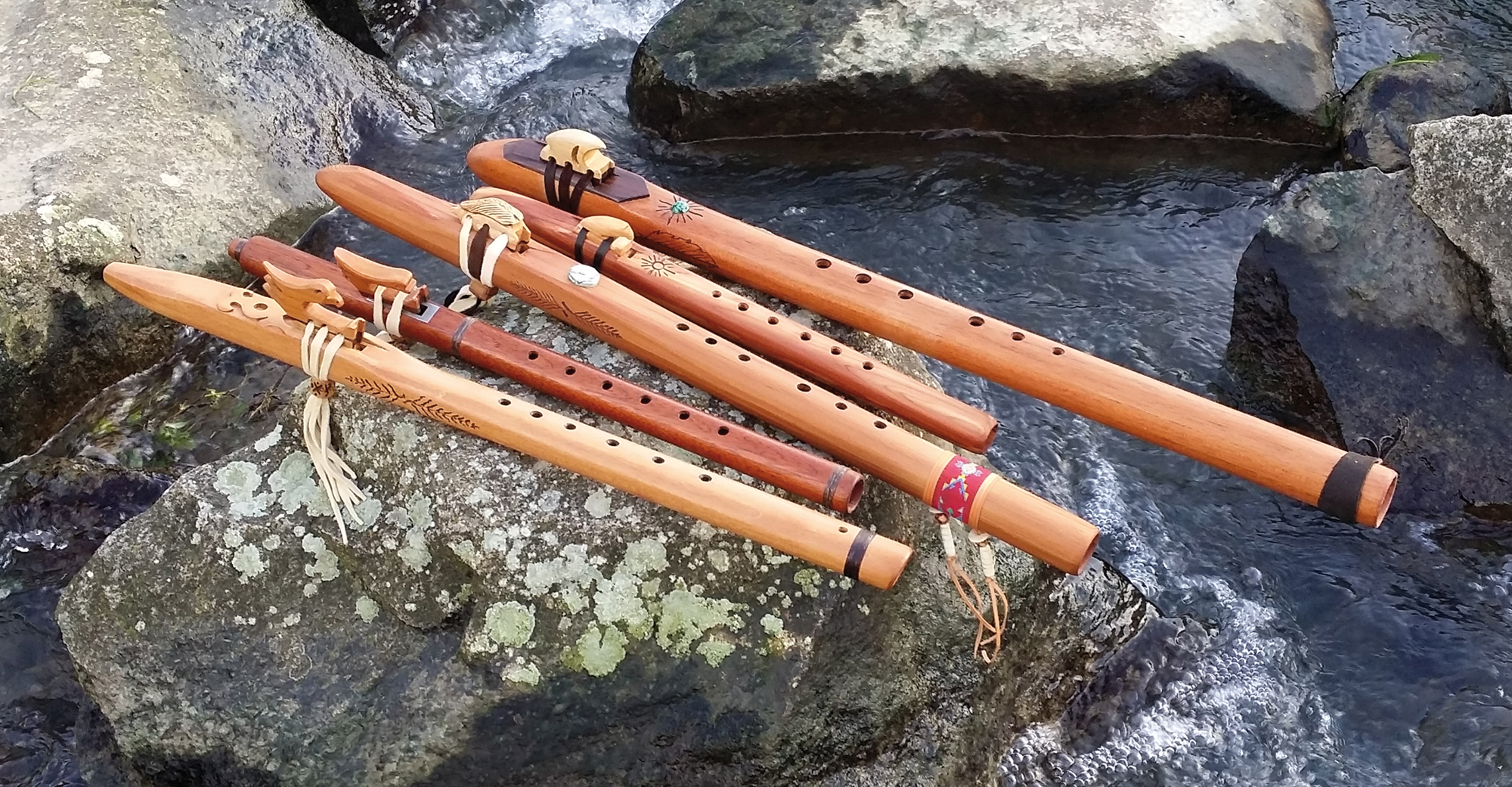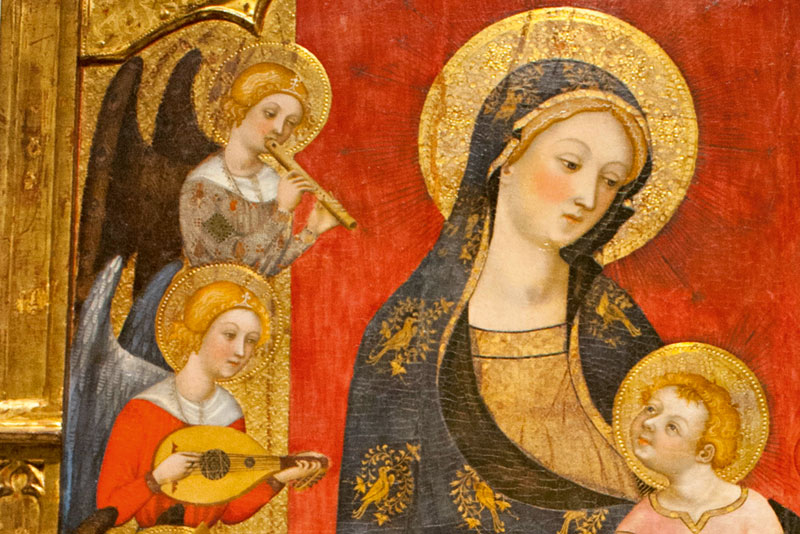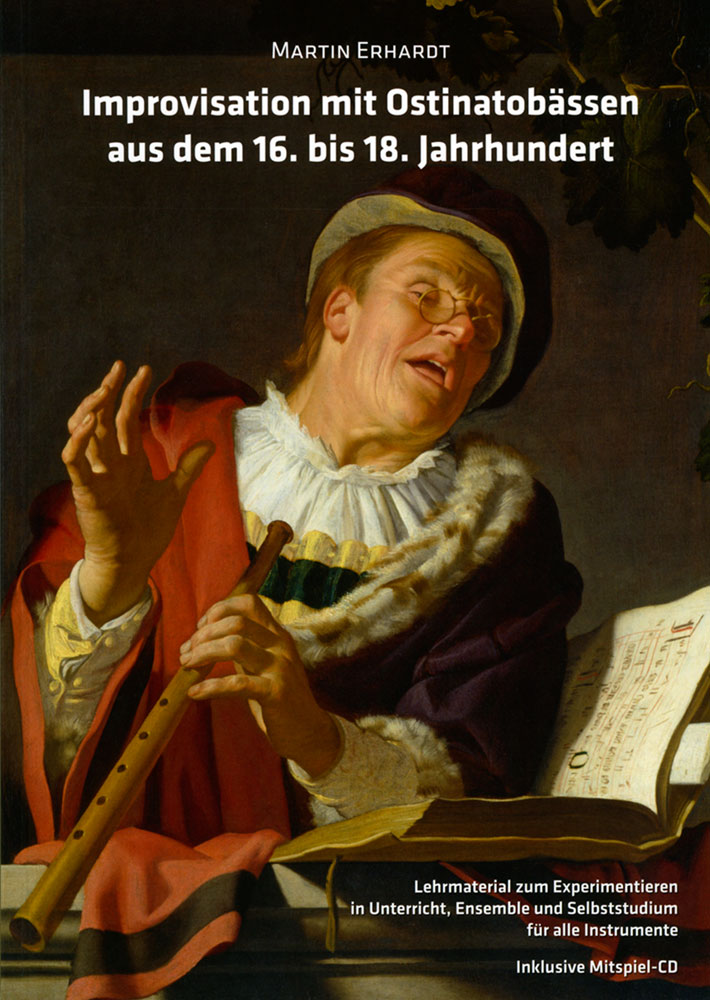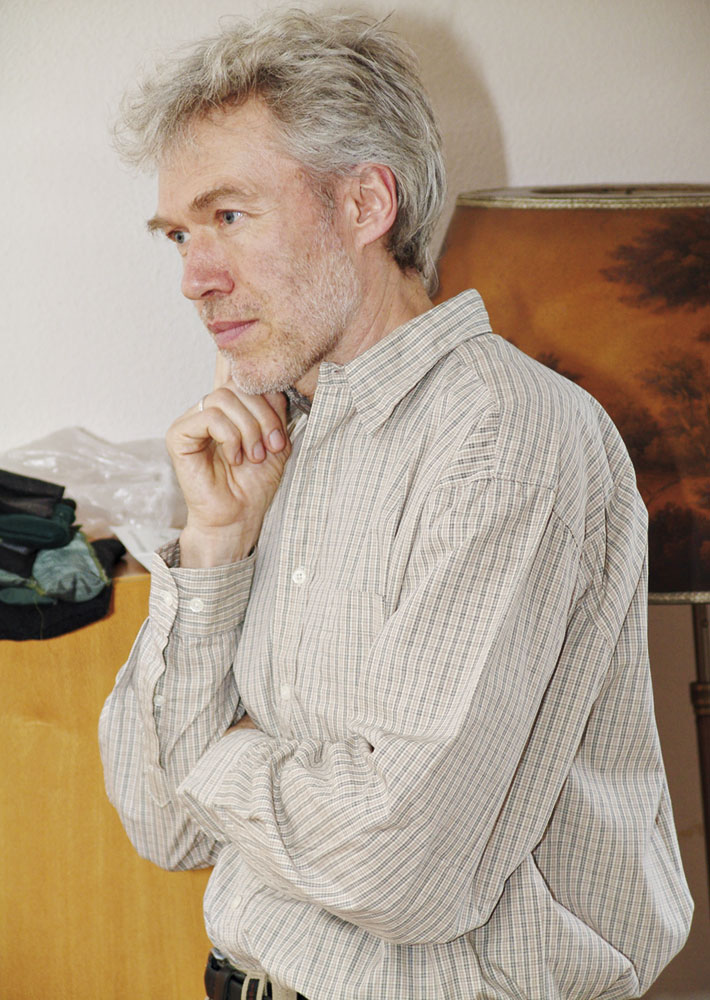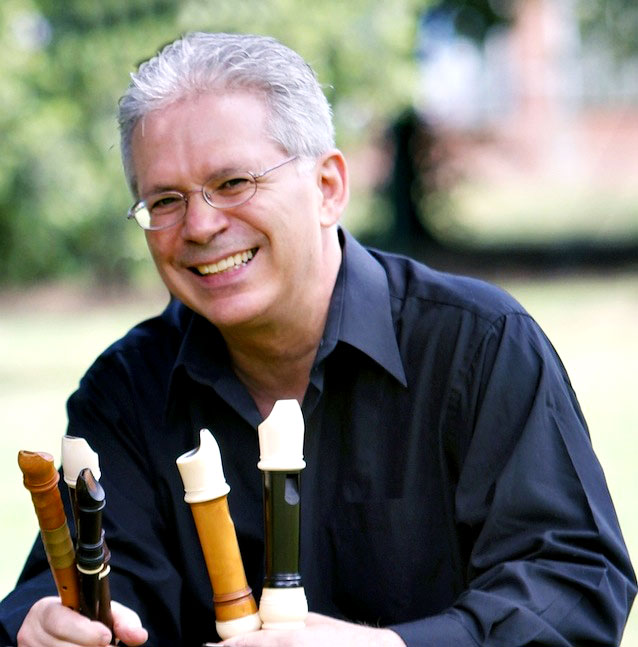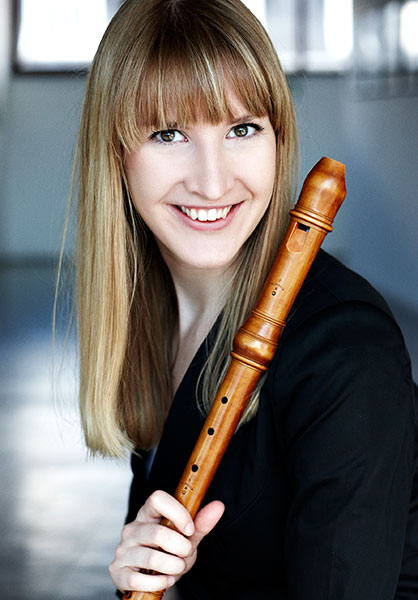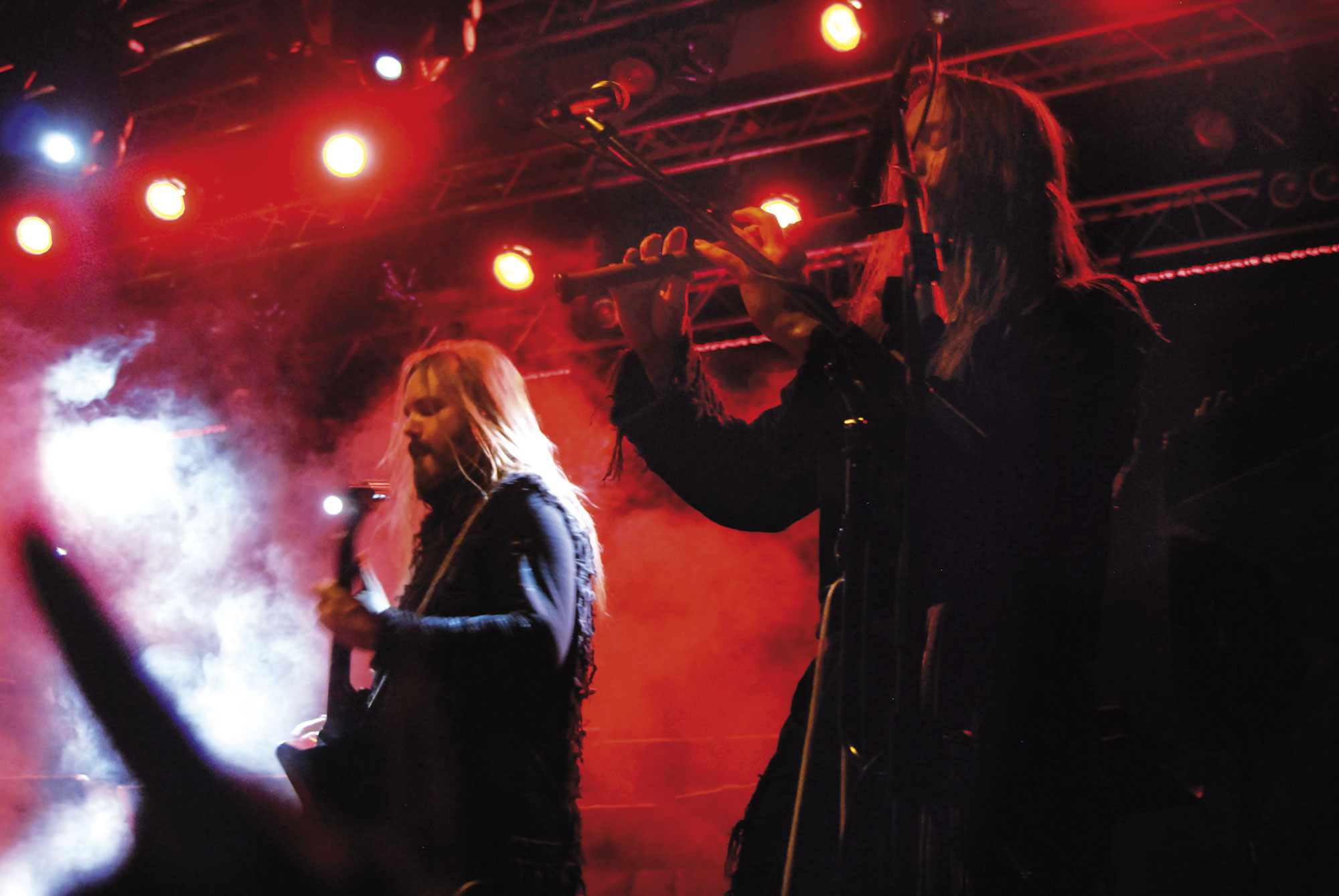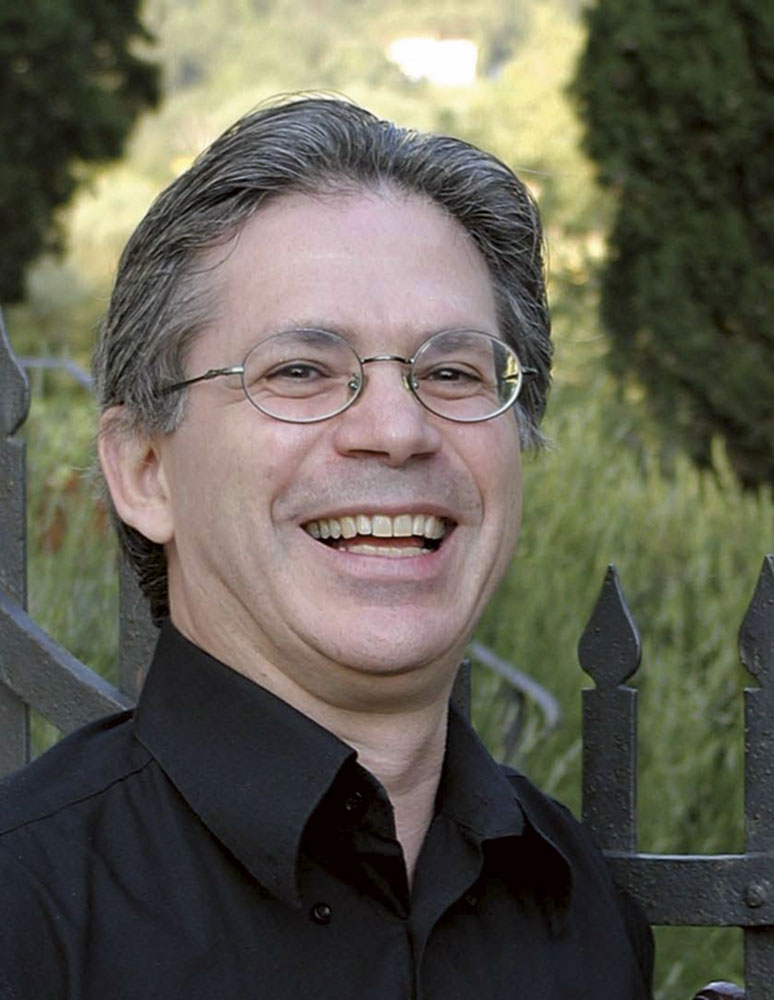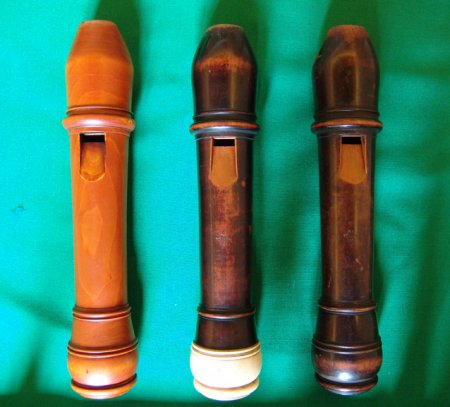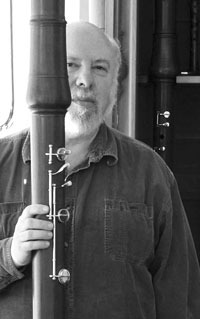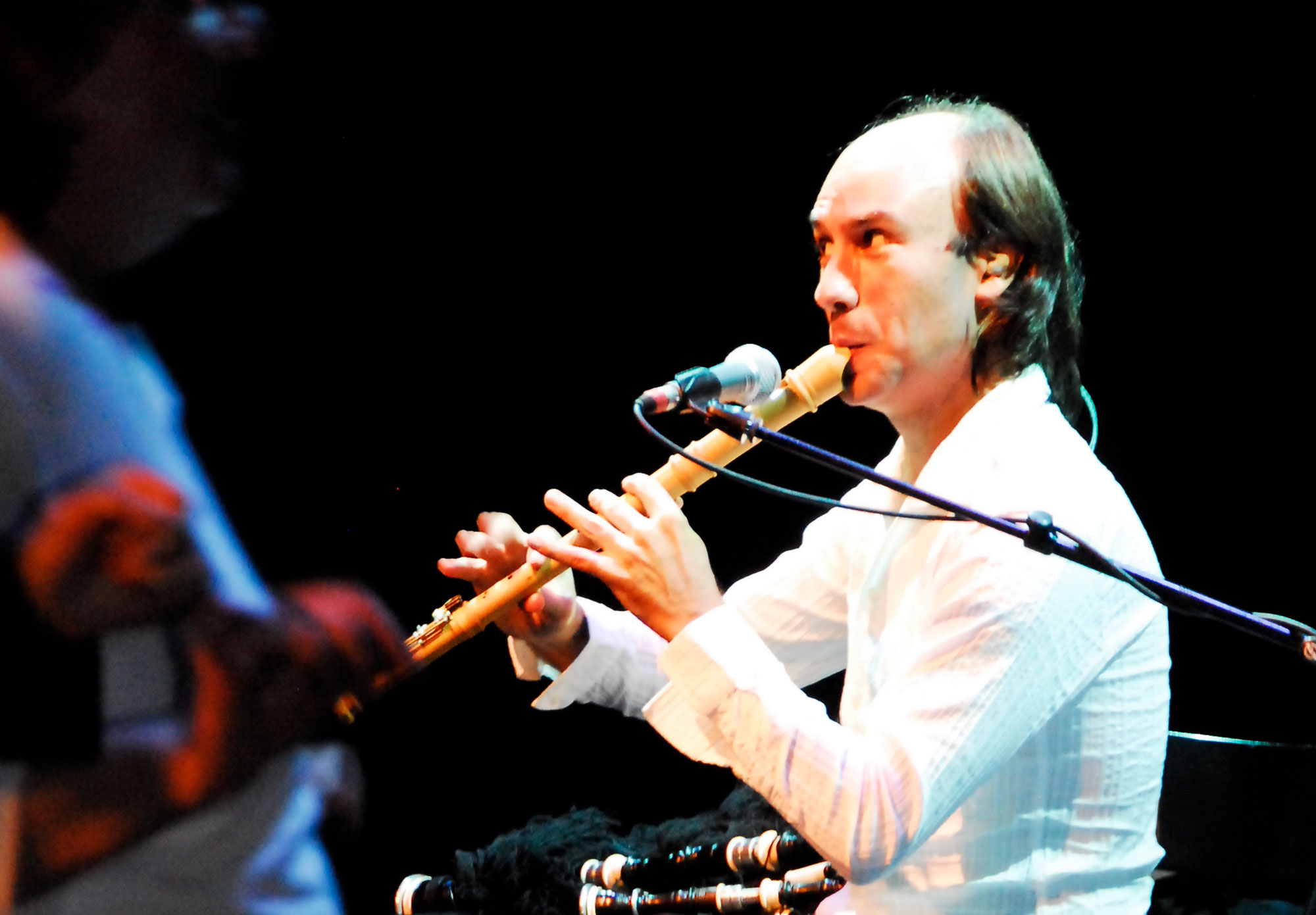Windkanal – The Forum for the Recorder
For English Readers
Welcome! This is the open access to our new platform for the recorder. Built around the German recorder magazine Windkanal, a quarterly periodical dedicated to the exciting world of the recorder since 1997, it opens doors into the wonderful world of our instrument via services in German and English.
First of all, the printed magazine: All printed issues are available in our online archive services in German. Enjoy a wide variety of articles with pictures and musical examples, written by well-known ambassadors of the recorder. Read their portraits, comments, news, reviews on CDs, sheet music, reference books and special events. Profit from the information contained in the different media available on our advertising platform.
Notice our exclusive online material: In the enhanced content, you will find a special collection of articles in German only available on this website.
For English readers we have prepared a selection of special articles from the magazine either in their original version or in translated texts. Apart from interviews with the trend-setters of our instrument (such as recorder soloists, ensembles, instrument makers, musicologists and correspondents) you will find interesting sound files, rare images and literature on topics of repertoire, history as well as lots of other information to inspire you.
We hope our range of articles will be interesting and useful. The team at Windkanal wishes you a nice reading tour!
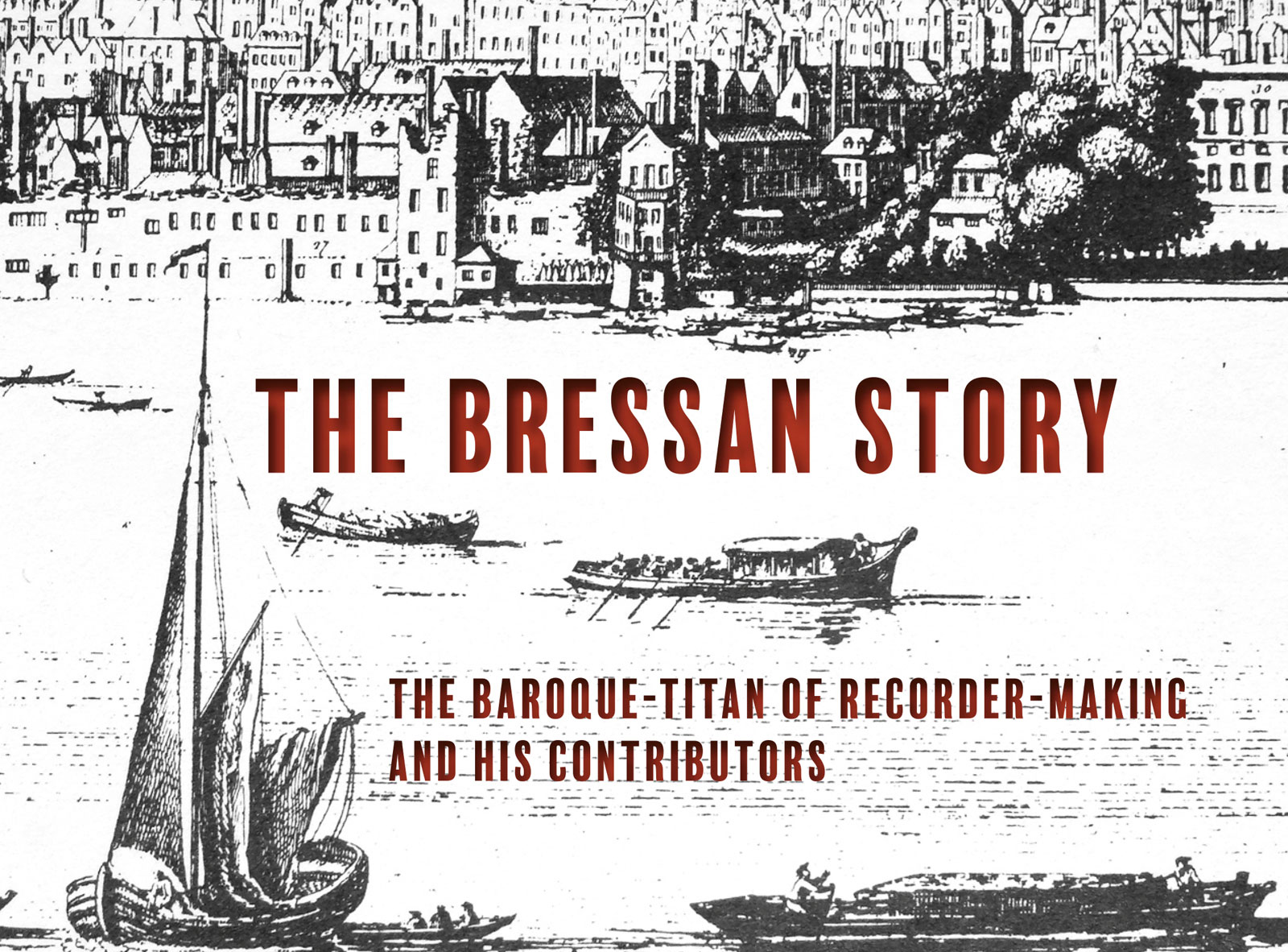
The Bressan Story
The Baroque-Titan of Recorder-Making and his Contributors
Pierre Jaillard aka Peter Bressan (1663–1731) is certainly one of the best recorder makers of all time. Also today, the design of his instruments is among the most copied.
He not just lives on through his instruments. We learned about his personal life through the research of musicologist Maurice Byrne, who unearthed a lot of archival information about Bressan in the 1980s.
However, completely new background information has recently been discovered, which sheds new light on many aspects of Bressan's activities and instruments. Based on documents explored by Simon Waters, as well as through an extensive examination of original recorders by Heinz Ammann, Nik Tarasov has been able to set together old and new puzzle pieces for a new picture of Bressan.
He lets the instrument maker William Cotton, who is privy to all the circumstances, tell the story of what really happened, when Bressan once made his great career in London.
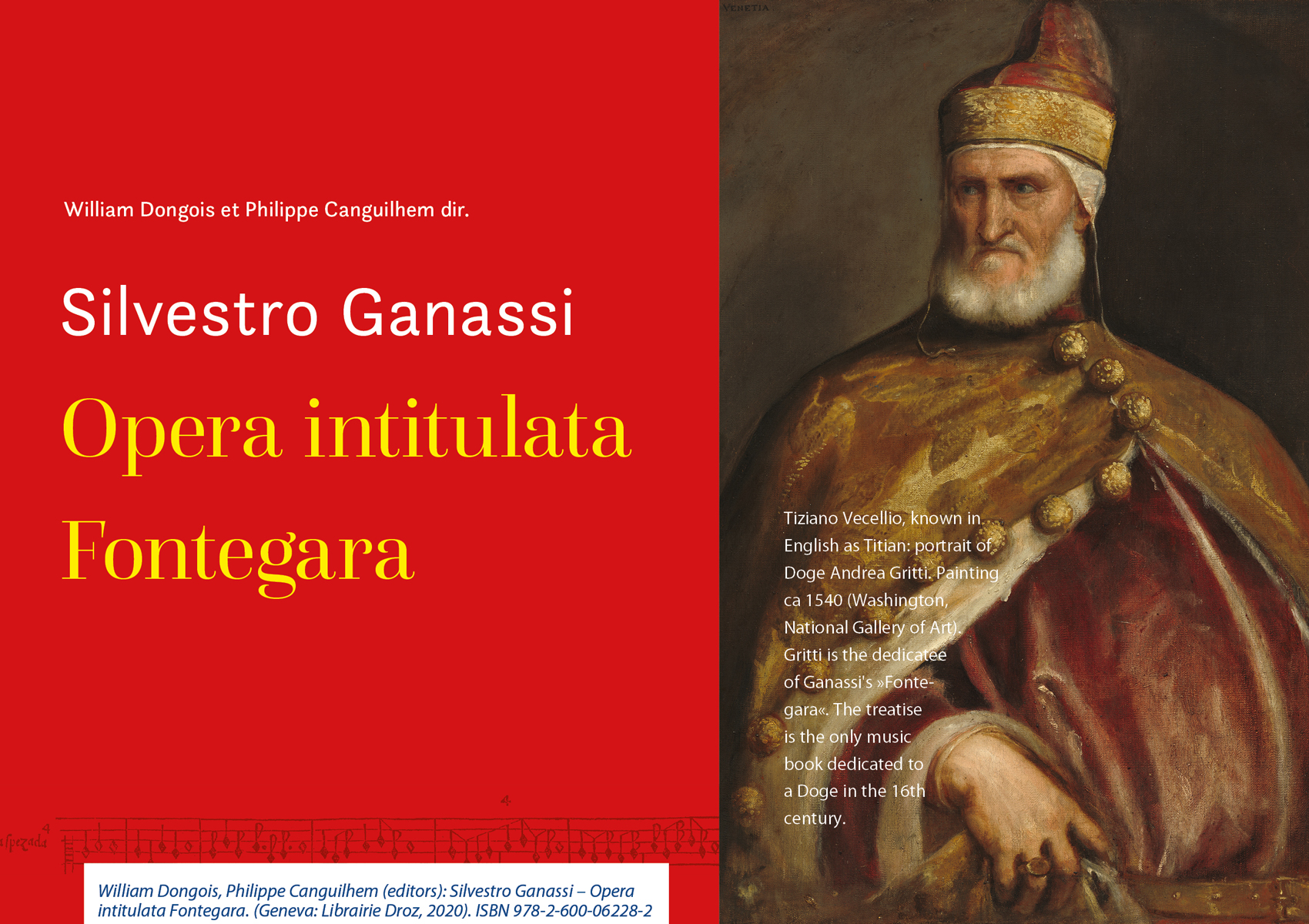
New light in the discussion around Ganassi's »Fontegara«
By Maurice van Lieshout
Maurice van Lieshout is an expert in the field of performance practice as set out in Silvestro Ganassi's famous musical treatise Opera intitulata Fontegara from 1535.
His book review of William Dongois' and Philippe Canguilhem's commented modern edition of Ganassi's »Fontegara« discusses some critical interpretations on both musical realizations and lingual translations.
This article was first-published in its German translation in the German recorder magazine Windkanal, issue 2021 no. 1. It appears here in its original paper prepared by the author.
In another article, Maurice van Lieshout goes into an even deeper analysis of Ganassi's ornamentation style.
As announced in the text, three short musical examples bring to live some of the described diminutions. Maurice van Lieshout, recorder (copied by Peter van der Poel, after Schnitzer) is accompanied by Jörn Boysen, harpsichord (copied by Titus Crijnen, after Ruckers)

Windkanal 2021-1
The Use of Air and Breath Control
Principles of Recorder Technique
Explained by Lobke Sprenkeling
Recorder player and pedagogue Lobke Sprenkeling gives an instructive summary of the basics on how to breath and how to guide the air from the body to the instrument.
This article was first-published in its German version in the German recorder magazine Windkanal, issue 2021 no. 1. It appears here in its original paper prepared by the author.
Windkanal 2019-2
New research developments on Silvestro Ganassi’s Opera Intitulata Fontegara
Silvestro Ganassi’s treatise »Opera Intitulata Fontegara« is one of the central works providing information on period performance practice for the recorder. Dina Titan’s Phd with the title »The origins of instrumental diminution in Renaissance Venice: Ganassi’s Fontegara« sheds new light on the subject. In an article for the German recorder magazine Windkanal, the author summarizes some important aspects from her research. Apart from the German translation in its printed version, we make the English text available for international readers here:
Here you can read the original article from Dina Titan in English language
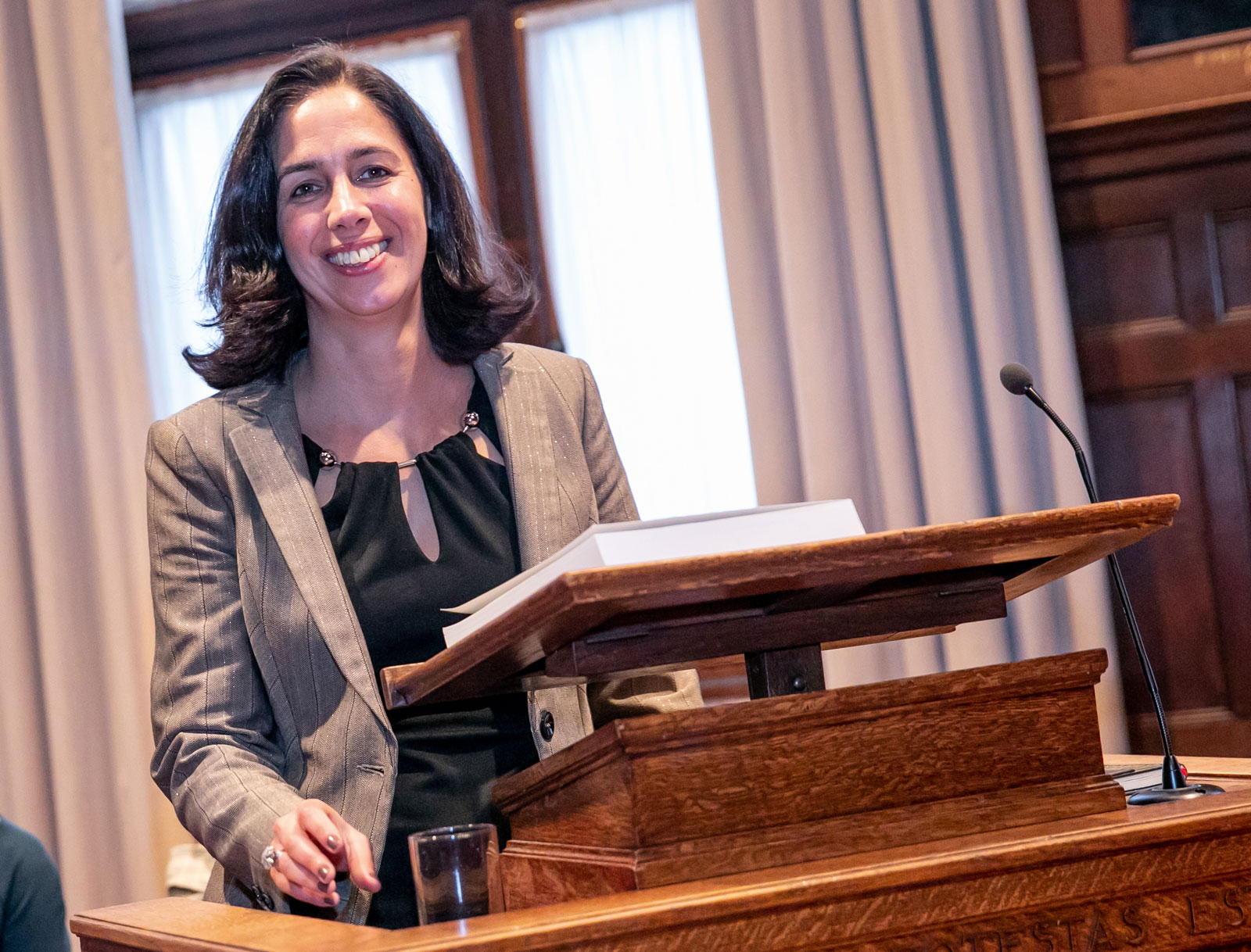
Dina Titan’s musical education includes the Bachelor as recorder player at the Rotterdams Conservatorium, Bachelor and Master in Musicology at the University of Utrecht. She has a current position as Head of the Music Department at the International School of The Hague. She has received a 5 years grant from the NWO (Netherlands Organisation for Scientific Research) and recently has defended her dissertation concluding a doctorate diploma on the art of diminutions in Silvestro Ganassi’s treatise »Opera Intitulata Fontegara«.
Windkanal 2018-4
60 years of recorder developments
But what about the next 60 years?
We appreciate the ongoing discussion about today’s recorder culture with its ups and downs. Having published Walter van Hauwe’s open letter in German translation in our printed issue of the Windkanal Recorder Magazine no. 2018-4, we herewith present the English original text online for our international readers.
Here you can read the original article from Walter van Hauwe in English
Windkanal 2018-4
»Give your Spirit a Voice«
The Renaissance of the Native American Flute
For many years, the German flute makers Erik and Hans-Jürgen Friedling have been dealing in their small family manufactory with the traditional construction and the history of a flute that is still little known in Germany – the so-called Native American Flute.
Windkanal 2017-3
Juan I and his flahutes:
What really happened in medieval aragón?
by David Lasocki
In his research around the primeval origins of recorder, author David Lasocki explores traces of the instrument, its makers, its players and repertory in Spain of the late 14th century. He combines material of various scientists to a picture of evidence and provides interesting conclusions around possible theories on the issue.
This article appears also in German translation, printed in Windkanal 2017-3.
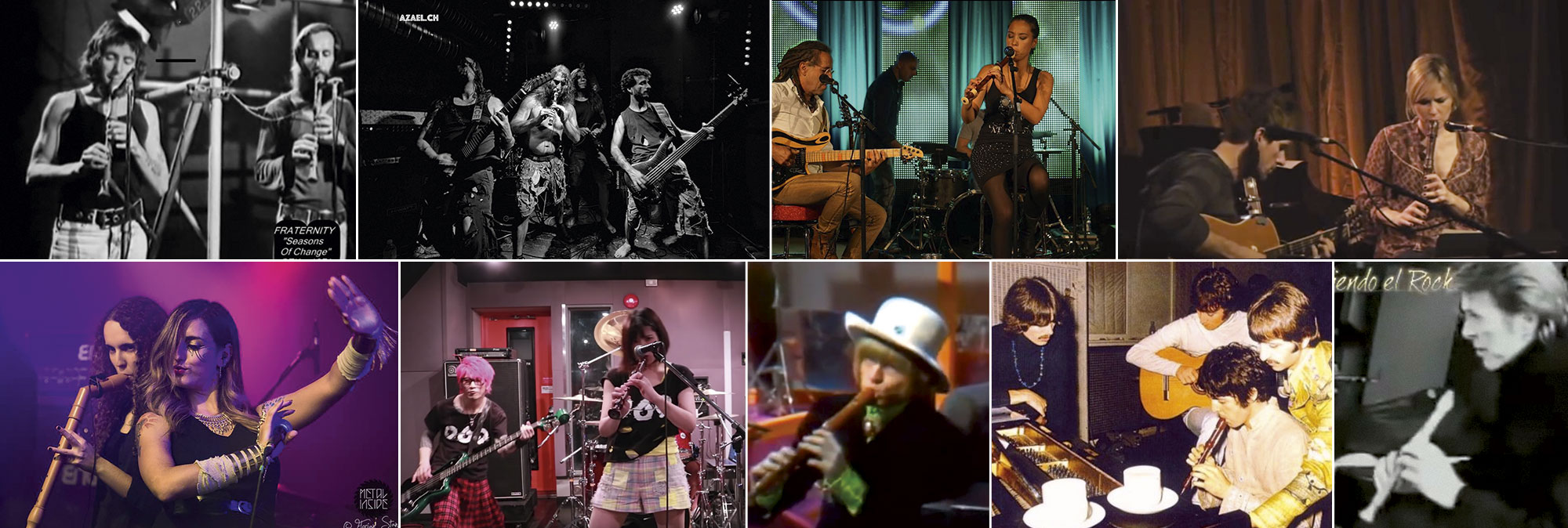
Windkanal 2017-2
The Recorder in Pop and Rock Music
Playlist to Part 6: Retro since the 2000s until today
Since the turn of the century, pop and rock music resembles a self-service store to previously invented musical styles. Predominant Retromania is ruling all musical fields where also the recorder finds its proper place, like explains Nik Tarasov in examples at the end of his research project, printed in German for the Windkanal Magazine in issue 2017-2.
Find the playlist of about 60 titles here:
Windkanal 2017-1
The Recorder in Pop and Rock Music
Playlist to Part 5: Medieval Rock and Heavy Metal in the 2000s
Also in the most intense noise, the recorder was able to establish its place. In the case of Medieval Rock and Heavy Metal, here and there it even plays a leading role. Nik Tarasov traces the history of this less known aspects of our instrument in his article and delivers an extensive playlist with relevant examples from the genre:
Windkanal 2016-4
The Recorder in Pop and Rock Music
Playlist to Part 4: Pop and Rock Music in the 1990s and later
Since the 1990s, the usage of various musical styles is as common as strolling in a self-service store. Solid as a rock in sporadic cases of New Age, New Wave, Grunge and Independent is the genre of pseudo-medieval music, which offers a large field for the recorder in the context of a band. In his article, Nik Tarasov describes the flourishing of this development. Some music examples are collected in the following playlist.
Windkanal 2016-3
The Recorder in Pop and Rock Music
Playlist to Part 3: Rock and Pop Music in the 70s and the 80s
After the emancipation of the recorder in experimental rock music with its partly improvised and extensive solos, the instrument started to hold move also into commercially orientated pop music of the 1980s. Nik Tarasov continues to describe and analyze the series about the recorder’s role in various band formations along selected musical examples. In the following, we have compiled a playlist on this musical chapter.
Windkanal 2016-2
The Recorder in Pop and Rock Music
Playlist to Part 2: Rock and Pop Music in the 70s
What role did the recorder play in rock music of the early 1970s? Find comments about this topic in the special article of issue 2016-2 of the recorder magazine Windkanal (only in German language). Right here we have assembled actually accessible music titles of this music. Have fun on this discovery trip!
Windkanal 2016-1
The Recorder in Pop and Rock Music
Playlist to Part 1: The beginning in the 60s
A research project through private audio collections and YouTube showed that there is another chapter in the recorder’s history still not very well-known to neither the general public nor recorder players: Meanwhile, Sonja Elena Fischerauer, Sina Bayer, Leon Peschke and Nik Tarasov collected, took an inventory and categorized more than 550 titles (until 2017) in the history of pop and rock music with the participation of the recorder. In six articles published in the German recorder magazine Windkanal, Nik Tarasov has analyzed the phenomenon and describes its essential aspects along selected musical examples. A selection of these pop and rock titles is compiled in the following in video playlists. Here we start with the first playlist about the recorder's role beat music of the 1960s.
Windkanal 2014-4
ERTA Iberia 2014
THIRD ERTA-IBERIA GATHERING
Oporto, 2-4 May 2014
Main venue: ESMAE (Escuela Superior de Música, Artes y Espectáculo)
The recorder is in a healthy situation in the Iberian Peninsula. Both in Spain and in Portugal, countries that don’t have as much of a recorder-playing tradition as countries in the north of Europe do, the number of professional and amateur players is growing.
Windkanal 2014-3
The Recorder in Argentina
Gonzalo Ariel Juan informs us in an article about what is going on around the recorder in Argentina and points out the genuine recorder repertoire created there within the past decades. Juan also provides a personal survey of argentinian composers and their works originally written for our instrument.
The Recorder in Argentina (PDF des englischen Originaltextes)
Windkanal 2013-4 – A book review
Martin Erhardt: Upon a Ground
Improvisation on Ostinato Basses from the Sixteenth to the Eighteenth Centuries.
A Hands-on guide for use in class, in a group or alone. For all instruments, including two play-along CDs (in 415 and 440 Hz). Edition Wanhall, EW 905 (2014).
Usually, we are used to publish reviews of actual CDs and sheet music only in German within our printed version of Windkanal – the German recorder magazine.
But no rule without exception: As now a translation of this instruction book about improvisation methods in early music has also appeared, and as we had reviewed the German text of this fine work in the printed issue of Windkanal 2013-4, we thought it is time to publish here an English translation of the review for our international readers.
Windkanal 2014-1
Mastering the ‘Chiff’
Interview with Jewgenij Ilarionov
The Ukraine recorder maker Jewgenij Ilarionov is especially appreciated for his knowledge around the reconstruction of some of the earliest models of original recorders. Nik Tarasov spoke with him about his inspiration, developing and understanding in this field.
The recorder player’s Wimbledon
A report on the Moeck SRP Recorder Playing Competition 2011
by David Bellugi
Like for the previous competition, the passionate listener David Bellugi has provided us a report of the competition as well as an interview with Eva Fegers, the winner. The article gives us insight into the work of some of the talented young recorder-playing performers of today.
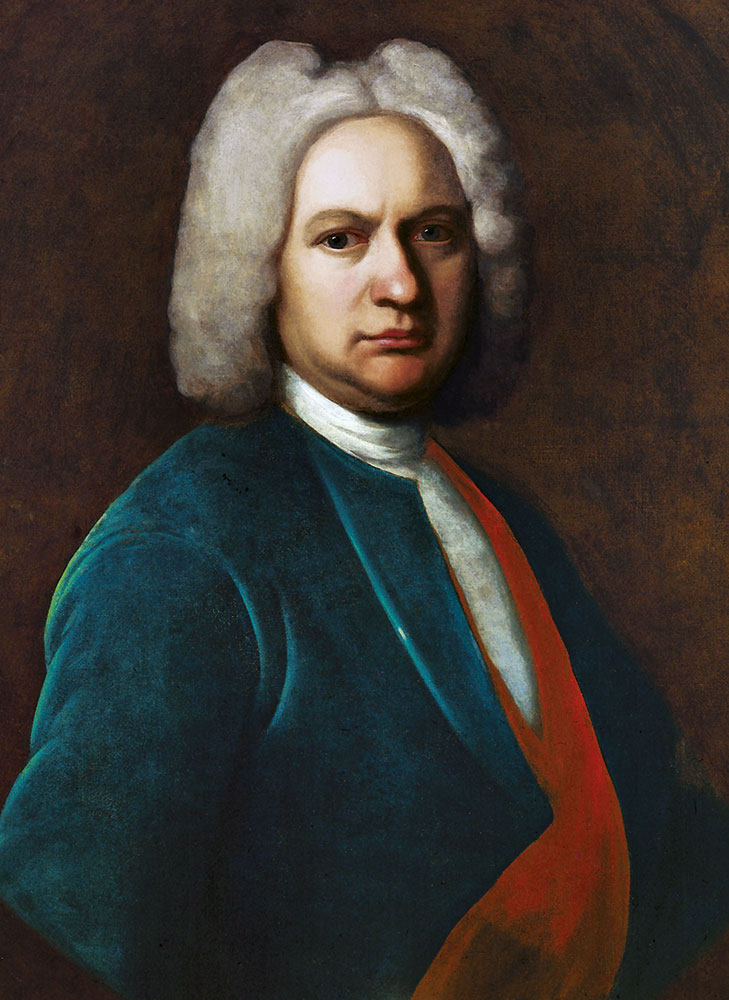
Windkanal 2005-2 and 2005-3
Bach and the Recorder
a survey on the complete works for the recorder by Nik Tarasov
Johann Sebastian Bach is surely the most famous composer to have specified the use of the recorder in his compositions. However, nothing in the large quantity of literature on Bach makes the tracing of these works particularly easy. Nik Tarasov’s paper therefore provides a practical and up-to-date guide to one of the most important chapters in the recorder repertoire, listing Bach’s compositions in complete chronological order.
To access the two-part article please use the following links:
The »Nordic School of Recorder Playing«
interviews with Pernille Petersen & Leonard Kwon by David Bellugi
David Bellugi interviews the winners of the 2009 Moeck/SRP Recorder Competition at the Greenwich International Early Music Festival.
The interview presents exclusive online material only available at this website.
To access the interview please use the following link:
Heavy Metal & Recorder
an interview with Lauri Õunapuu
Who thought somebody would ever have the idea performing with a recorder in a heavy-metal band!? Nik Tarasov spoke with Lauri Õunapuu, the recorder-playing member of the Estonian band Metsatöll.
The interview was published in German translation in Windkanal 2010-2.
To access the original version in English please use the following link:
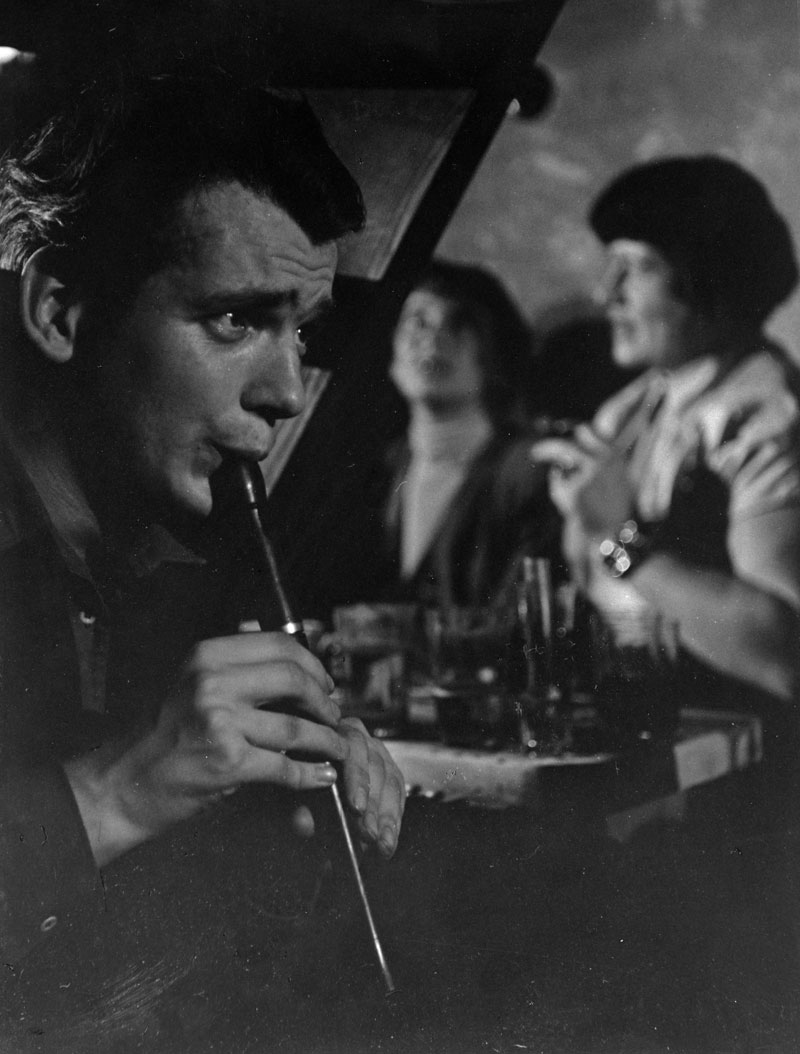
Windkanal 2008-1
Unique jazz-recordings including the recorder
These soundfiles provide the additional material to two articles on the earliest sources of German jazz-recorder playing.
The articles were published in German in Windkanal 2008-1:
The article "Günter Grass & Jazzblockflöte" ["Günter Grass & the Jazz-Recorder"] by Nik Tarasov relates to autobiographical information of the famous German author Günter Grass. In his book "Beim Häuten der Zwiebel" (2006) (”Peeling an Onion“) he recalls his time as a member of a jazz trio with the artist and recorder player Horst Geldmacher.
The article "Der Mann mit Namen 'Flötchen'" ["The Man Called 'Little Flute'"] by Wolfgang Mönninghoff provides a portrait of the hitherto unknown German recorder player Horst Geldmacher. He must have been one of the first performers who used the instrument for jazz music.
The soundfiles
Through correspondence with Günter Grass (who formerly played the washboard in the above-mentioned jazz-trio) and with the former banjo and guitar player Günter Scholl, Nik Tarasov was able to unearth some live recordings from the 1950s, which are a good example of the musical qualities of recorder player Horst Geldmacher’s jazz trio.
Here are two titles of acceptable sound quality. Please click on the link under each song-title:
I've Found a New Baby (1926)
Jazz standard by Jack Palmer & Spencer Williams. Live performance by Horst Geldmacher (recorder) and Günter Scholl (guitar-banjo). The duet of the recorder and the whistled melody makes an especially nice effect. (Date and location of recording unknown.)
Alexander's Ragtime Band by Irving Berlin (1911)
Horst Geldmacher (recorder) & accompaniment (guitar-banjo, washboard, piano). Recorded during the 1950s, location unknown.
"The Joy of Making Music"
David Bellugi speaks about his enthusiasm for different ethnic flute cultures.
The interview with David Bellugi was published in German translation in Windkanal 2005-1.
For the complete text of the original interview by Nik Tarasov, in English, please open this link:
Windkanal 2004-3/2004-4
Flauti Dolci Bolognesi
a report about the original recorders preserved in Bologna/Italy.
© by Nik Tarasov 2004
A two-part article published in German in the printed issues of Windkanal 2004-3 & 2004-4 provides an insight into original recorders from the Renaissance and the Baroque, preserved today in the major museums of Bologna in Italy.
For additional material including photos and unique soundfiles with English commentary please use this link:
Windkanal 2004-4
Life Between the Revolution of the Computer and Early Music
Jef Raskin, the "Father of the Macintosh".
A translation of the interview with Jef Raskin was published in the printed issue of Windkanal 2004-4. To access the original version in English please use the following link:
Windkanal 2004-3
Popstar & Recorder – Carlos Núñez
The first interview with Carlos Núñez about his exciting recorder-playing was published in German in the printed issue of Windkanal 2004-3.
You can read the original version in English by using the following link:



 English
English


